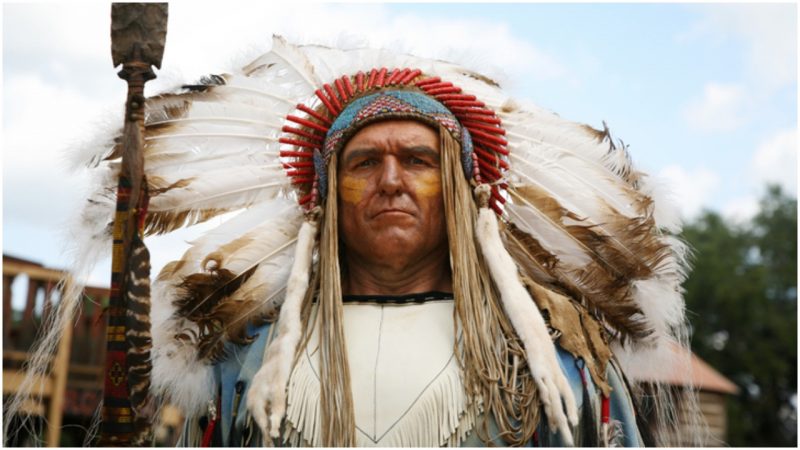James Alexander Thom’s book, Panther in the Sky, tells the story of the night the future leader of the Shawnee Nation and creator of a multi-tribal Indian Confederation was born. At the moment of his birth a falling meteorite lit up the night as it streaked across the sky, so his father named the child Tecumseh, meaning panther in the sky, after this potent birth sign.
Tecumseh was born in Southern Ohio in 1768. Some sources say his birthplace is near Old Piqua in Miami County, but others say near Chillicothe in Ross County, Ohio’s first capital.
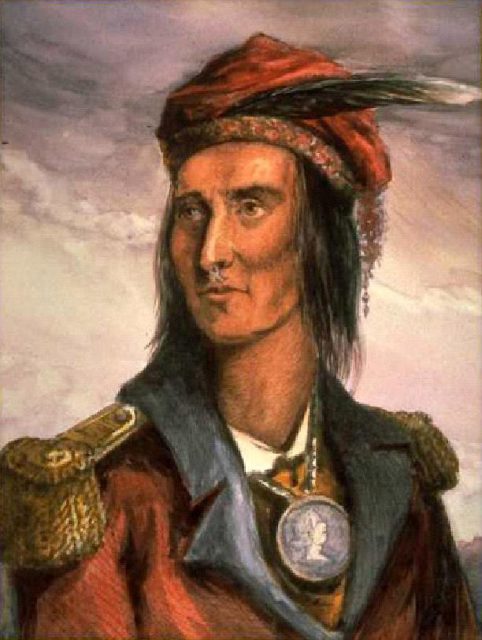
His father, Puckeshinwa, was a minor Shawnee chief, and his mother, Methoataske, was possibly a Creek from Alabama or a Shawnee from the Pekowi division of the Shawnee Nation in Alabama.
This was the time of westward expansion, and the Shawnee were already embroiled in battles with the white men trying to take their lands. The American Revolution was being fought, as well as the Northwest Indian War which occurred between 1785 and 1795.
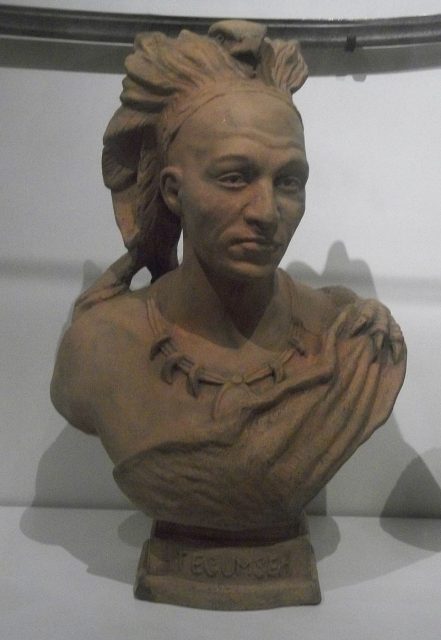
Tecumseh’s father was killed in Lord Dunmore’s War at the Battle of Point Pleasant. The Virginia militia led by John Murray, Lord Dunmore, the royal governor of Virginia, was attempting to drive the Indians out of the area which is now the state of West Virginia, and his troops and nearly one thousand Shawnee warriors clashed in October of 1774.
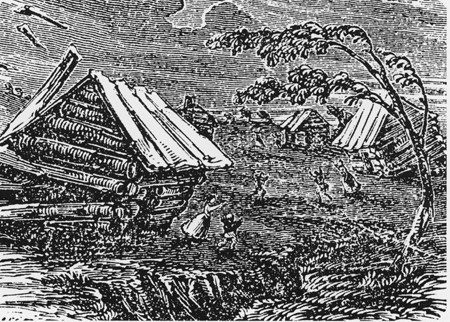
The Indians were quickly subdued and chased across the Ohio River as far north as Circleville, about fifteen miles north of Chillicothe.
His brother, Chiksika, was killed in a raid on a fort in Tennessee. Another brother, Sauwauseekau, was killed at the Battle of Fallen Timbers in 1794, in which General Anthony Wayne defeated the Indian Confederation and took most of the lands in Ohio and parts of Michigan, Illinois, and Indiana.
Soon after the death of Puckeshinwa, Methoataske gave birth to triplets, with the weakest one dying soon after birth. The other two boys survived — one of whom, Lalawethika, would make a very big difference in the fate of Tecumseh.
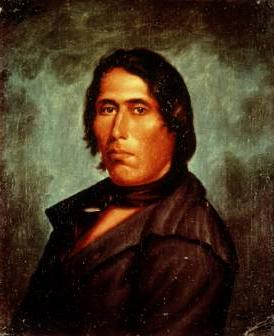
In 1779, Methoataske had to follow her husband’s family as they moved to Missouri in response to an invasion of Chillicothe by the militia under Colonel John Bowman.
All of her children apart from one daughter stayed in Ohio. Tecumseh was raised by his older sister, Tecumpease, and older brother, Chiksika. As a child, Tecumseh was always a leader and excelled in sports and hunting, but grew up having no doubt the white settlers were his enemy.
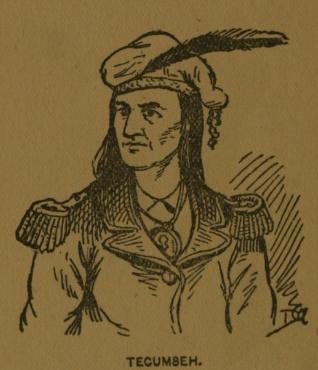
As a teenager, he witnessed his first war party as he joined Chiksika in a Shawnee attempt to stop George Rogers Clark and Benjamin Logan from bringing white settlers into Ohio from Kentucky.
It was a small skirmish with intense firing, causing Tecumseh to flee in fear. When he returned to the village, he was excused from any discipline but never forgot his embarrassment.
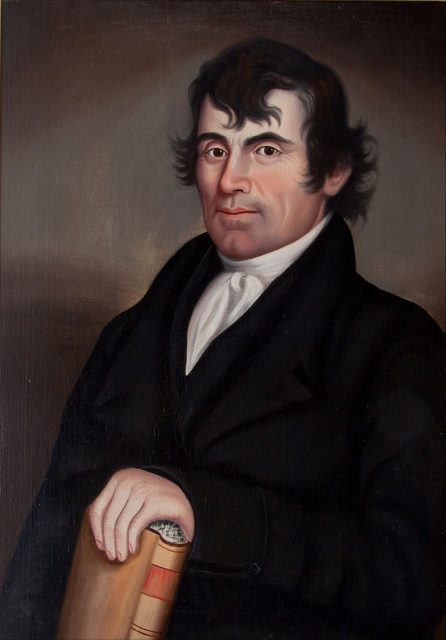
Eventually Tecumseh proved himself a brave and able warrior. The years after Chiksika’s death saw him and a party of warriors roaming throughout Kentucky and Tennessee, meeting with other tribes, hunting, and occasionally attacking white settlements. By the time he had returned to Ohio in November 1790, he had established a reputation as a cunning warrior and skilled diplomat.
While Tecumseh was gone, his brother Lalawethika had grown into an overweight ne’er do well who was jealous of his sibling who was becoming famous among the tribes in the eastern part of North America.
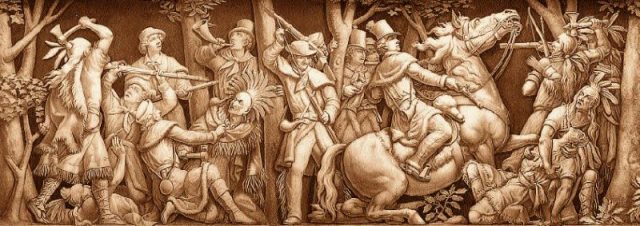
He had no coordination or skills with Shawnee weapons or tools and accidentally put his own eye out with an arrow. He discovered the white man’s whiskey as a teenager and quickly became a full-fledged alcoholic.
In 1805, Lalawethika fell into a trance so profound everyone thought he was dead. As his family began preparations for his funeral a few hours later, he suddenly woke up and told a tale of his death that included a journey to the Master of Life where he received his word and was reborn to lead the Shawnee to Paradise.
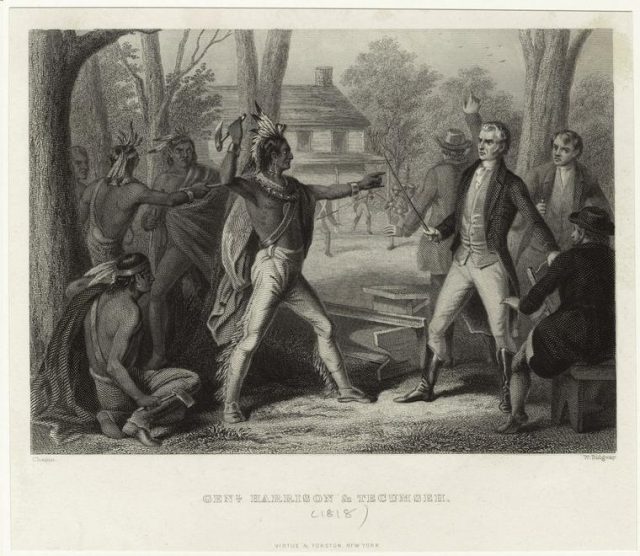
He renamed himself Tenskwatawa, eschewed the use of alcohol, guns, and violence and preached a return to the old ways. After reporting several more visions, Tenskwatawa gained quite a following and was called “The Prophet.” Tenskwatawa and his followers moved to the White River near Greenville, Ohio and called it Prophetstown.
Tecumseh joined his brother at Prophetstown, and it soon became a central hub with some tribes coming for spiritual reasons and others to meet with Tecumseh on military matters. Tecumseh had the idea of unifying all of the Eastern tribes to fight the white man as a whole rather than being slaughtered, tribe by tribe, by the army and white civilians.
Tecumseh had become a master in the art of oratory and made many speeches attempting to unify the Indians and whites so they could all live in harmony. But there were many tribes that were intent on destroying the white man.
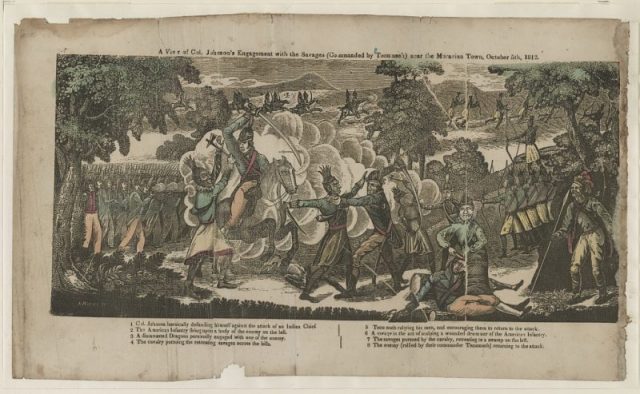
When they ignored Tecumseh’s teachings and white men were killed, all of the Indians were blamed. Rumors were spread of impending attacks which frightened the settlers and caused itchy trigger fingers towards Indians. White men could not fathom living next to Indians that weren’t “Americanized.”
In 1810, Tecumseh was summoned by William Henry Harrison to Vincennes, Ohio for a meeting. The meeting was tense, but Harrison promised to relay the Indian’s requests to the President. Tecumseh and his men knew it would make no difference.
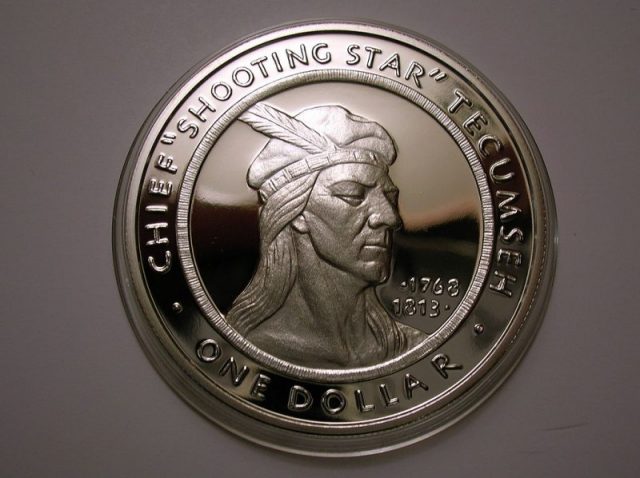
Tecumseh began his journeys up into Canada, New York, and into the south trying to recruit Indian tribes. However, there were Indians who had not yet been affected by the white settlers, and there was mistrust between the tribes making many reluctant to join.
While Tecumseh was gone, Harrison believed it was a good opportunity to attack Prophetstown. Tenskwatawa took it upon himself to promise the inhabitants that an attack against Harrison’s forces would be completely successful.
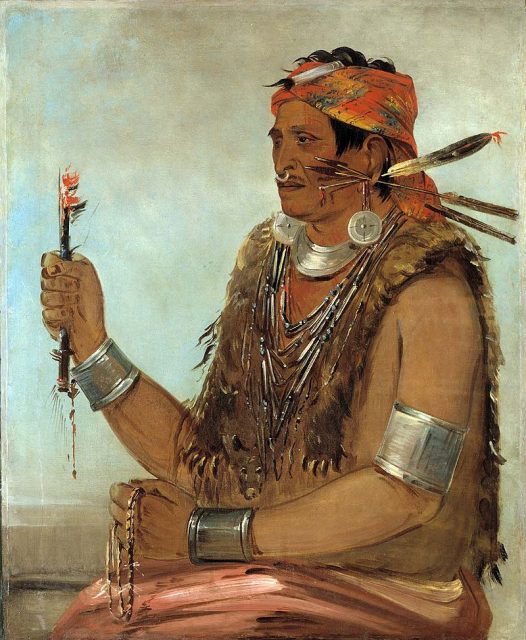
He said the Master of Life promised the Indians would be invulnerable to bullets, and the soldiers would be frightened enough to run. While the soldiers were initially surprised, they rallied, and fighting continued for several hours.
When the Battle of Vincennes was over it was somewhat of a draw according to the numbers, but Harrison claimed American victory.
The Indians turned against Tenskwatawa and abandoned Prophetstown. The soldiers found the supply of food the Indians had hidden and brought it back into the town and burned everything. The defeat ruined Tecumseh’s dream of a unified Indian Confederation and Tenskwatawa was left alive only because he was Tecumseh’s brother.
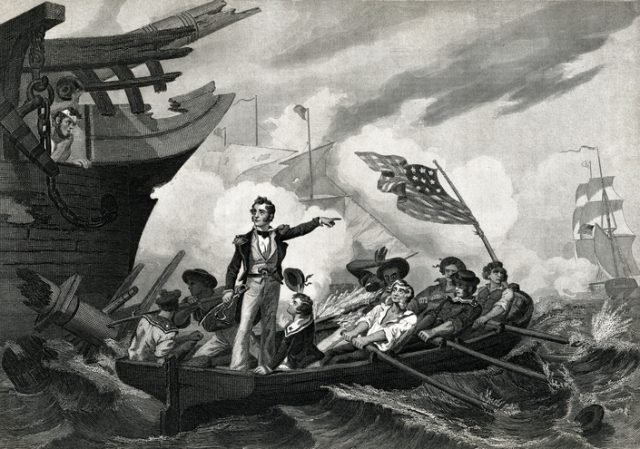
As the War of 1812 approached, the British courted Eastern Indian tribes with promises of weapons, ammunition, and food. After Vincennes, Tecumseh was more than willing to fight on the side of the British but retained a healthy distrust of any white men.
The Shawnee, and other tribes who had joined with the British, participated in many small battles and skirmishes, but because of broken promises, they decided to fight with the Americans or simply abandon the fighting.
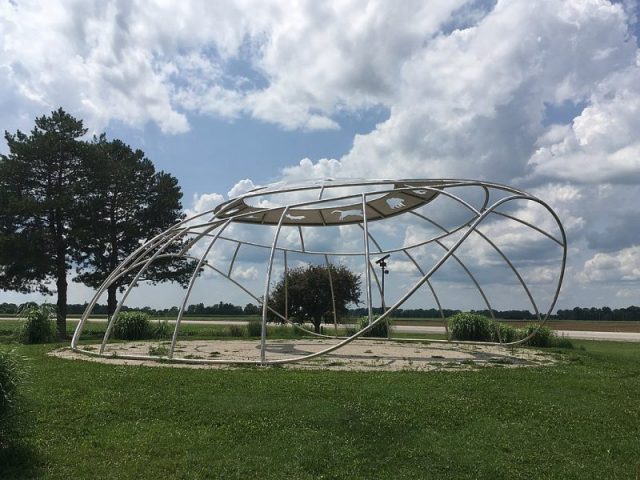
In 1813, a decisive battle at the mouth of the Thames River ended the dream of the Indians who wanted to live quietly on their lands. A line of British and Indians faced Harrison’s troops and, when the fighting got heavy, the British retreated, leaving the Indians with no backup.
Tecumseh led his men into battle without the British, and in the frenzy he was shot in the chest and killed. Without Tecumseh, the Indian movement fell apart.
There was no shortage of men who claimed to be the one who had killed Tecumseh, and there was doubt about the body that was supposedly his. Several Indian bodies had been mutilated either by the whites or by the Indians to keep the identities secret.
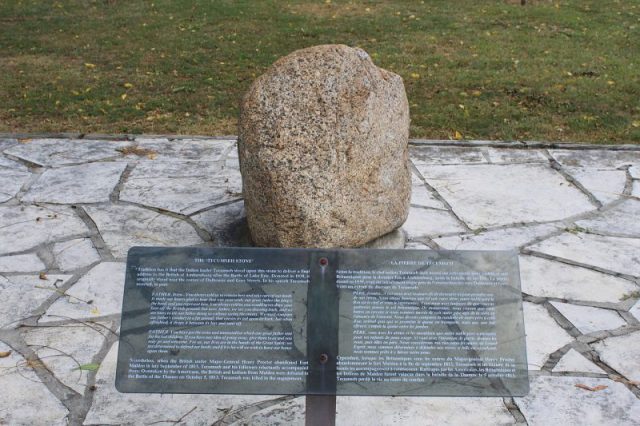
The Indians claimed they had taken the body of Tecumseh and buried it in a secret location, but several American soldiers claimed he was buried along with other fallen Indians by the British.
While Tecumseh is not as well known as Indians such as Sitting Bull, Chief Joseph, and Geronimo, he achieved a legendary status which is always accompanied by fanciful tales.
It is doubtful that Tecumseh ever proposed marriage to the white daughter of one of his friends as is portrayed in the outdoor drama Tecumseh!. There are also reports that Tecumseh was clairvoyant and saw his own death, which is probably another tall tale.
Read another story from us: He Came From the Woods: The Story of the Last “Wild” Native American
Whatever the truth is, there is no doubt that Tecumseh devoted his life to the cause of Native Americans living in an increasingly hostile world.
